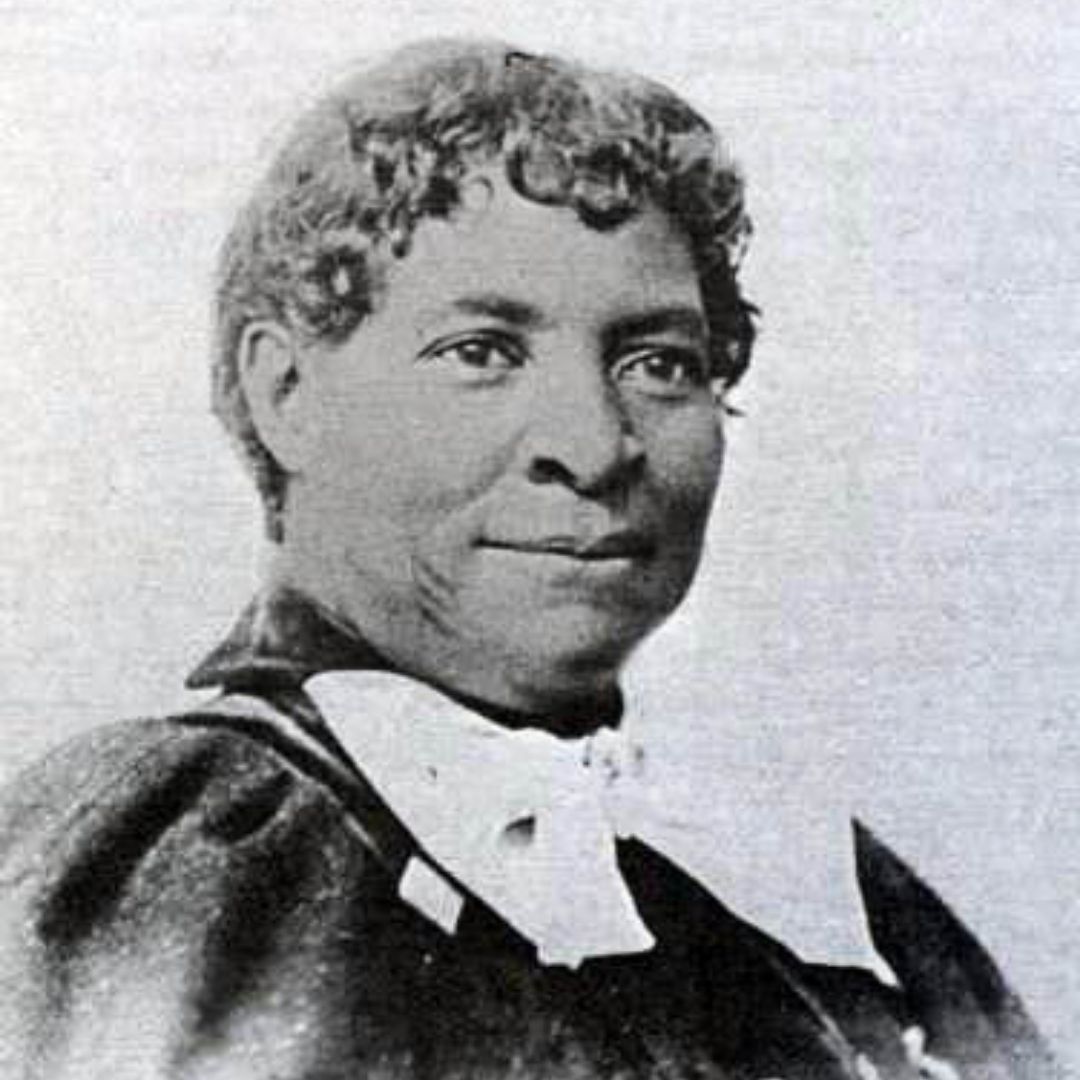The Flake family, slave-owners from Mississippi, brought Elizabeth ‘Lizzy’ Flake with them to the Utah Territory. Lizzy was more than a laundress. She was instrumental in building early San Bernardino.
Elizabeth Flake was born in Anson County, North Carolina, in 1833. She was taken from her parents when she was four years old and made a slave. She grew up picking cotton on the plantation of William Love. When Lizzy was five, William gifted Lizzy to his daughter Agnes and her husband James Flake. Lizzy took their last name. The Flakes accepted the new Mormon religion and moved with their children to Mississippi. The flakes, their three sons, Lizzy, and Green Flake, another slave there, traveled with them to Winter Quarters. Lizzy waited with the Mississippi immigrants until 1848. Then, Lizzy (fifteen years old) and the Mississippi families and slaves traveled in the Willard Richards Company on the Mormon Trail.
Lizzy Flake looked after the Flake’s three boys and walked all the way. She performed domestic chores like laundry and herding cattle on the trip. Upon arrival in Utah, a slave state, she was still enslaved and did work for the Flakes and the Mississippi group at Holladay-Cottonwood area of Utah territory. She was mainly a laundress.
In 1851, on the trip to San Bernardino, Lizzy drove a covered wagon pulled by two yoke of oxen on the rough primitive trail. At San Bernardino, the colonists built a fort. The slaves, including Lizzy, made adobe bricks for building. Lizzy was the one who alerted those in Los Angeles that they were held illegally as slaves in the San Bernardino colony.
In 1855, Agnes Flake followed her husband in death. So, it fell to Lizzy to take care of the three boys. They had already built homes out of adobe. William, one of the Flake boys, wanted to return to Utah and said Lizzy agreed to go too. The other boys said that Lizzy should stay in San Bernardino and have her own family.
Charles H. Rowan was a formerly enslaved man who lived in San Bernardino. Charles had worked as a teamster through Utah with the Mormon colonists to San Bernardino. A teamster was a highly trained ox driver who commanded the Oxen by voice commands, prodding, popping the whip, and hand signals. Charles worked in a barbershop in the Southern Hotel. Lizzy married Charles H. Rowan. They made their marriage official in 1867. They had three children. Lizzy did housekeeping and took in laundry. Charles and Lizzy became leaders in the community and fought slavery.
Charles’ son, Byron, owned a barbershop on 3rd St. Their daughter, Alice Rowan Johnson, is one of the first Blacks to finish college. She became a teacher in Riverside, California. Most likely, she taught Hispanic and children of Euro-American descent. Lizzy died in March 1908 in California. Lizzy Flake Rowan had worked all her life and was trusted with the children when they were orphaned and entrusted with the driving of two-team of oxen pulled wagon. She had many talents which she used in her journey to freedom.



